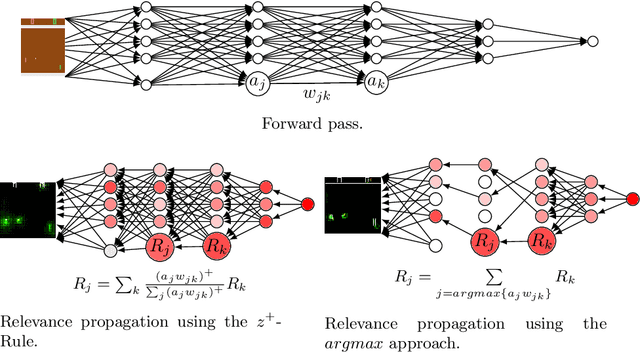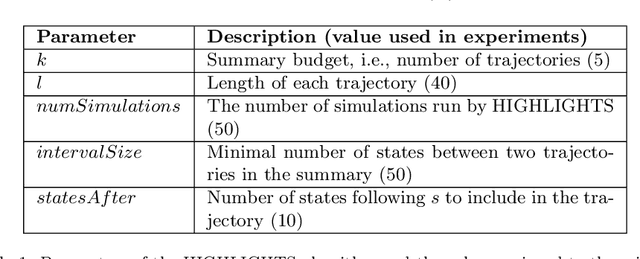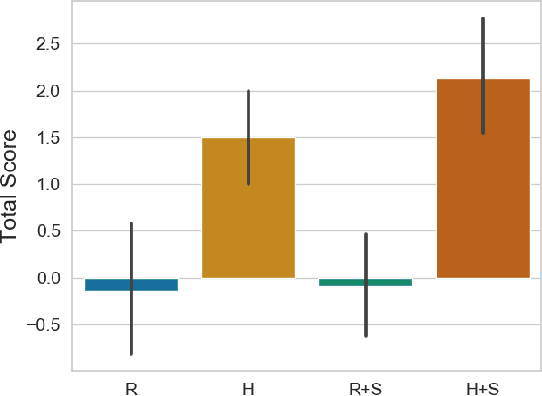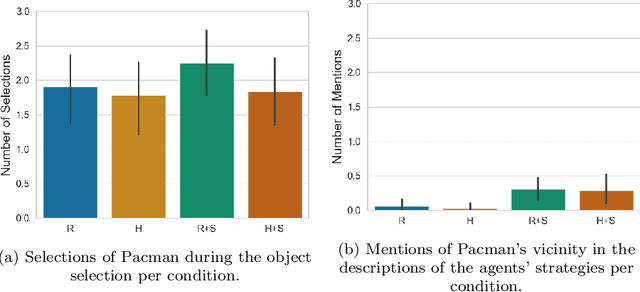Local and Global Explanations of Agent Behavior: Integrating Strategy Summaries with Saliency Maps
Paper and Code
May 29, 2020



With advances in reinforcement learning (RL), agents are now being developed in high-stakes application domains such as healthcare and transportation. Explaining the behavior of these agents is challenging, as the environments in which they act have large state spaces, and their decision-making can be affected by delayed rewards, making it difficult to analyze their behavior. To address this problem, several approaches have been developed. Some approaches attempt to convey the $\textit{global}$ behavior of the agent, describing the actions it takes in different states. Other approaches devised $\textit{local}$ explanations which provide information regarding the agent's decision-making in a particular state. In this paper, we combine global and local explanation methods, and evaluate their joint and separate contributions, providing (to the best of our knowledge) the first user study of combined local and global explanations for RL agents. Specifically, we augment strategy summaries that extract important trajectories of states from simulations of the agent with saliency maps which show what information the agent attends to. Our results show that the choice of what states to include in the summary (global information) strongly affects people's understanding of agents: participants shown summaries that included important states significantly outperformed participants who were presented with agent behavior in a randomly set of chosen world-states. We find mixed results with respect to augmenting demonstrations with saliency maps (local information), as the addition of saliency maps did not significantly improve performance in most cases. However, we do find some evidence that saliency maps can help users better understand what information the agent relies on in its decision making, suggesting avenues for future work that can further improve explanations of RL agents.
 Add to Chrome
Add to Chrome Add to Firefox
Add to Firefox Add to Edge
Add to Edge